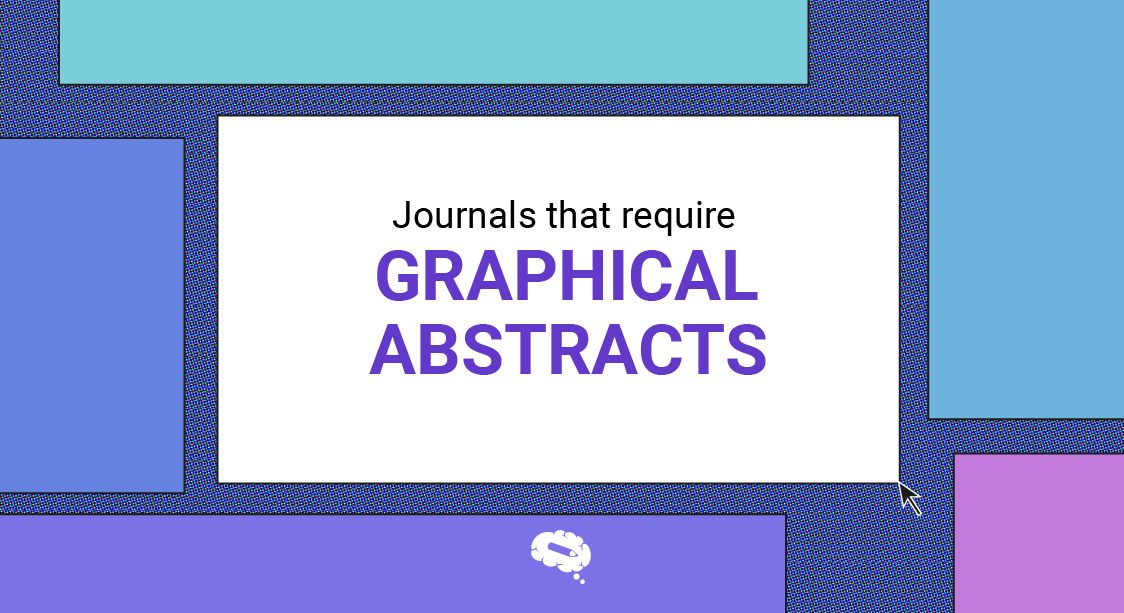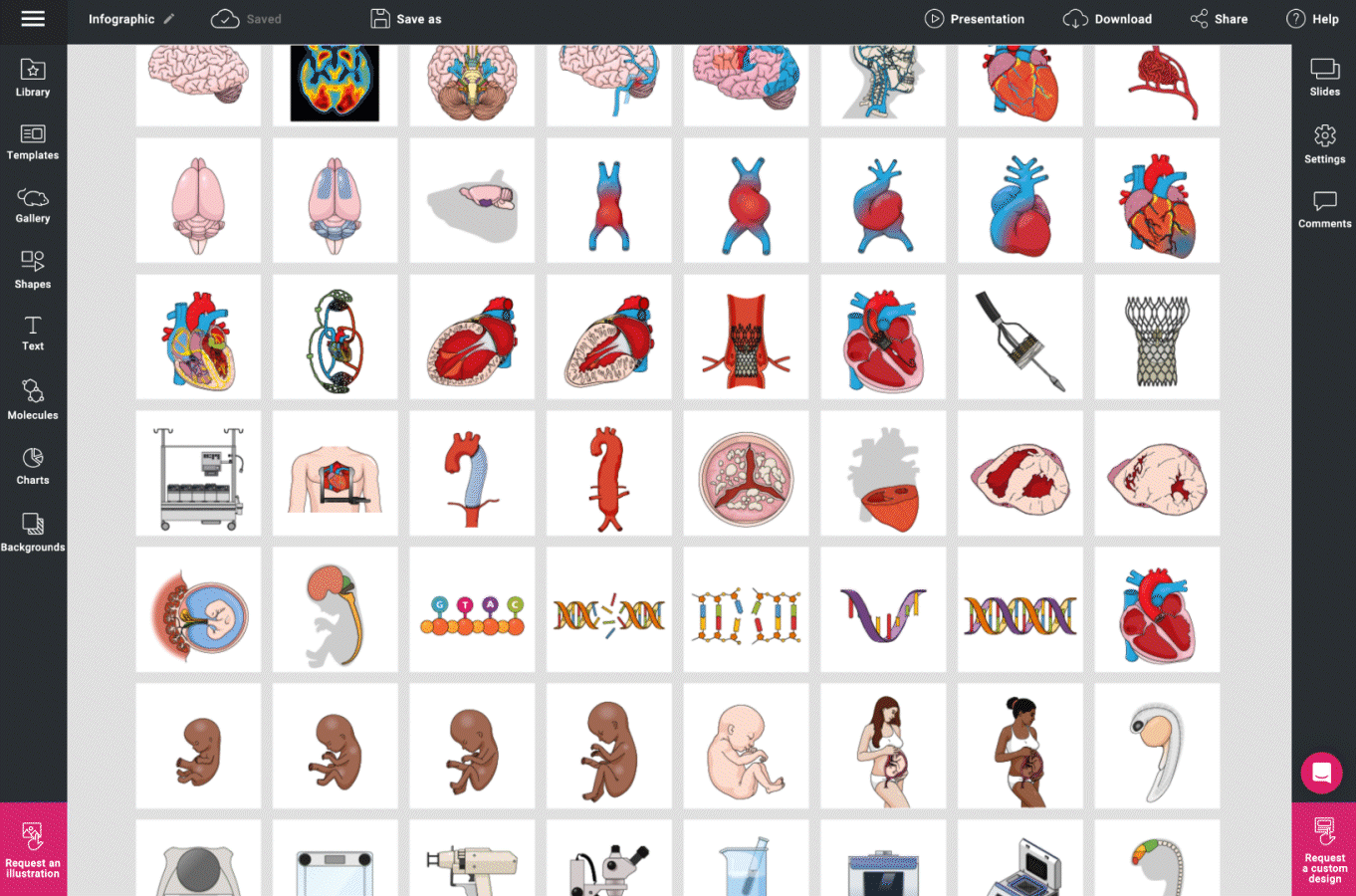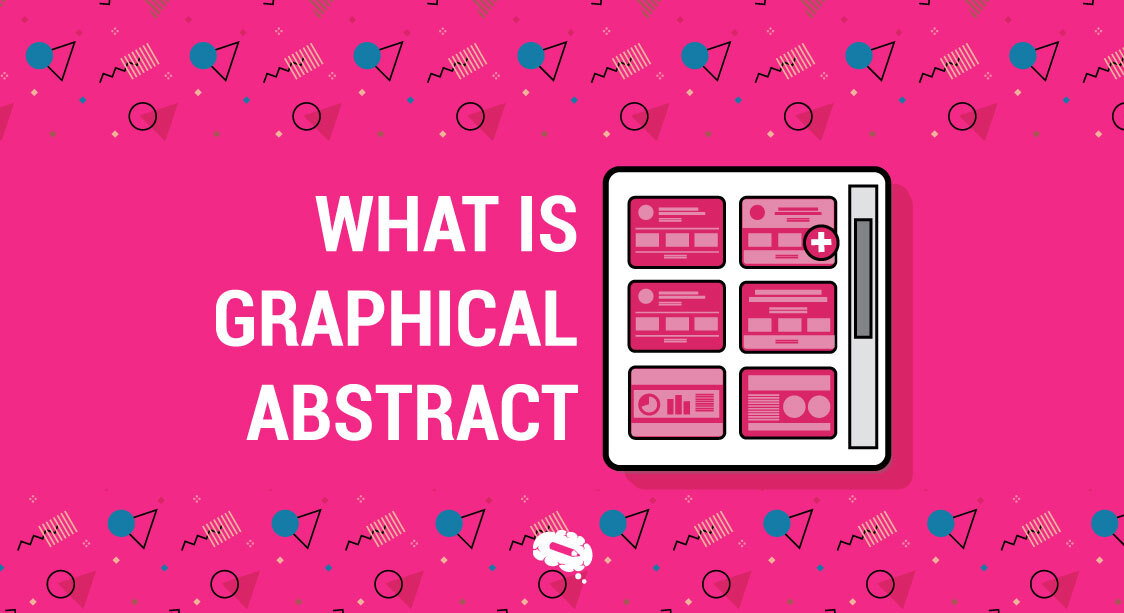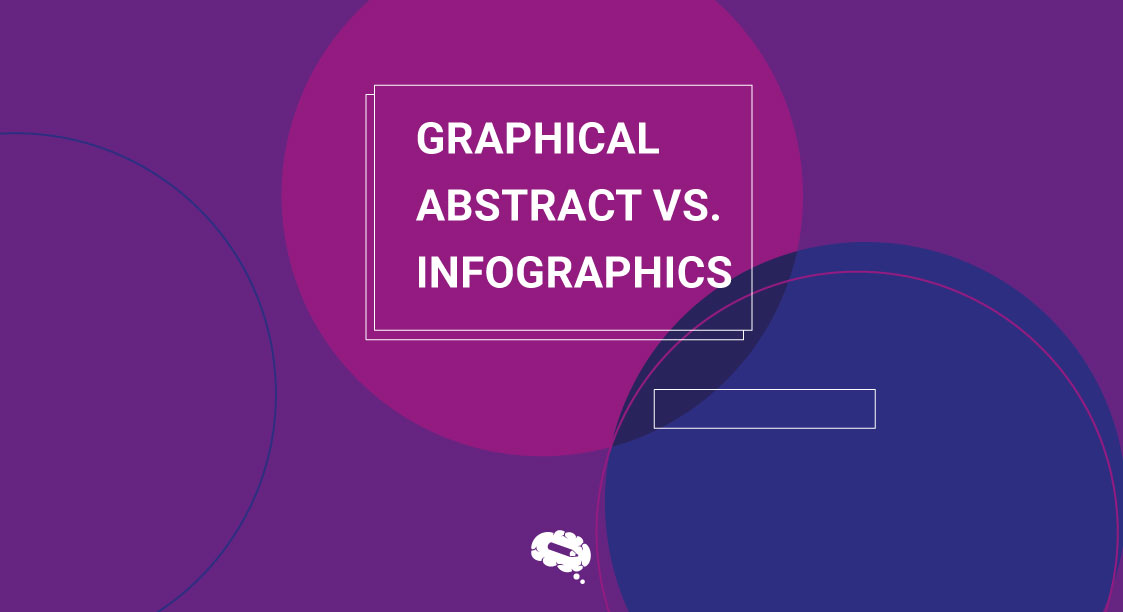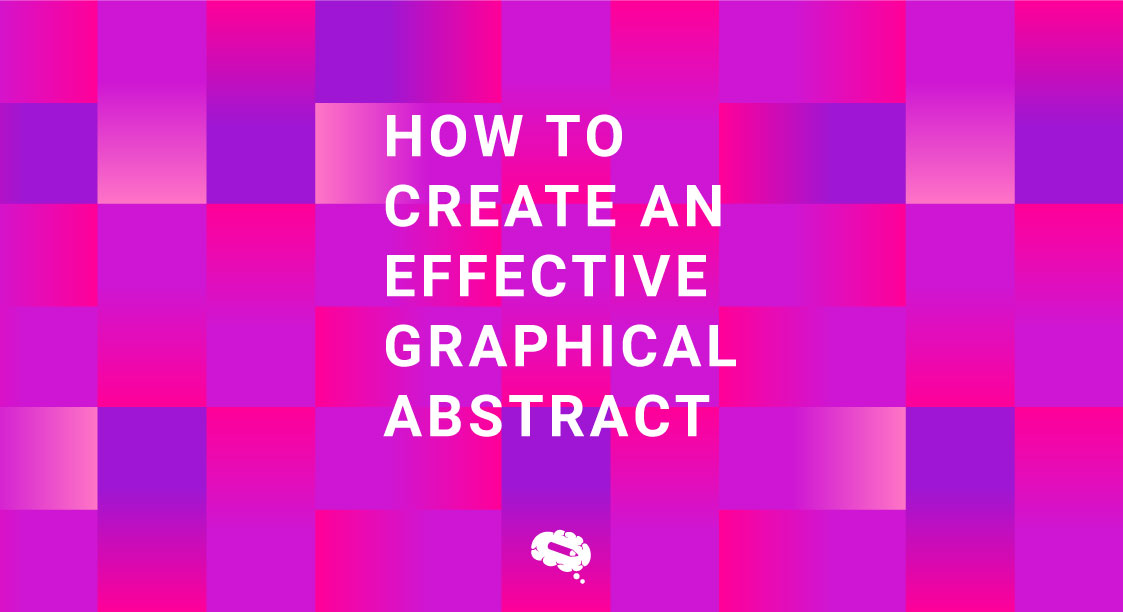In recent years, academic journals have increasingly started to ask for graphical abstracts in addition to traditional text-based abstracts. This trend is growing as journals aim to make research more accessible and engaging. A graphical abstract is a concise, visual summary of the main findings of a research paper, designed to help readers quickly grasp the key points.
If you are new to this concept, worry not, this article is here to cover everything about graphical abstracts and help you get started! From Nature to The Lancet, you can also learn about the journals that require graphical abstracts for getting published.
Why Graphical Abstracts are the New Trend?
Graphical abstracts are important and in trend because of their huge benefits. It can be beneficial for several reasons. First, they make it easier for researchers and the general public to understand complex scientific concepts at a glance. This visual format can capture the essence of a study more effectively than text alone, making research more approachable and comprehensible.
Additionally, graphical abstracts can enhance the discoverability of research articles. They are often more eye-catching and can be easily shared on social media platforms, increasing the visibility and reach of the research.

The shift towards mandating graphical abstracts reflects a broader movement in academia towards improved science communication and the dissemination of knowledge.
As more journals adopt this requirement, researchers are encouraged to develop their skills in creating clear and informative visuals that complement their written work. This change not only benefits the scientific community but also helps bridge the gap between researchers and the public.
Importance of Graphical Abstracts
Simplifying Complex Information
Graphical abstracts play a crucial role in simplifying complex information. Their visual impact makes it easier for readers to quickly grasp the essence of a research paper.
Unlike traditional text-based abstracts, which can sometimes be dense and difficult to digest, graphical abstracts use images, diagrams, and other visual elements to convey key findings and concepts.
The ease of understanding provided by graphical abstracts is significant. They can summarize the main points of a study in a way that is more accessible to a broader audience, including those who may not have a deep background in the subject matter.
Enhancing Visibility and Engagement
Graphical abstracts also enhance the visibility and engagement of research articles. They are more likely to catch the eye of potential readers than a block of text, especially in today’s fast-paced, visually-oriented world. This increased visibility can lead to a higher readership, as people are more inclined to click on and read articles that have an engaging visual summary.
Moreover, graphical abstracts are highly shareable on social media and other online platforms, which can significantly boost the promotion of an article. A compelling visual can quickly convey the importance and relevance of a study, encouraging more people to explore the full paper. This enhanced promotion is particularly beneficial for researchers looking to increase the impact of their work, as it can lead to more citations and greater recognition in their field.
Create Your Graphical Abstract with Mind the Graph
Ready to enhance your research visibility and engagement? Harness the power of Mind the Graph to create a captivating graphical abstract. With our user-friendly tools and extensive library of scientific illustrations, crafting an impactful abstract has never been easier. Empower your research today and showcase your findings with clarity and visual appeal. Start creating your graphical abstract with Mind the Graph and propel your research to new heights.
Criteria for a Quality Graphical Abstract
Clarity and Comprehensibility
Creating a quality graphical abstract starts with clarity and comprehensibility. Simple design principles are essential in achieving this goal. Use clean lines, clear labels, and a minimalistic approach to ensure the graphic is not cluttered. The simpler the design, the easier it is for readers to understand the information being presented. Avoid unnecessary details that could distract from the main message.
Focusing on the main message is equally important. A graphical abstract should highlight the key findings of the research, distilling the essence of the study into a visual format. This means identifying the most important results or conclusions and straightforwardly presenting them.
Technical Specifications
Adhering to technical specifications is another critical aspect of creating a quality graphical abstract. High resolution is necessary to ensure that the graphic is clear and readable in both print and digital formats.
Most journals require a minimum resolution of 300 dpi (dots per inch) to maintain image quality. The format of the graphical abstract is also important; commonly accepted formats include JPEG, PNG, and TIFF.
Always review the submission guidelines of the target journal to ensure that the graphical abstract meets all necessary criteria. This attention to detail can prevent delays in the publication process and ensure that the abstract effectively complements the research paper.
Preparing a Graphical Abstract

Conceptualizing the Visual
Identifying Key Findings
- Determine the most important results and conclusions of your research.
- Focus on the data or insights that are essential for understanding the study.
- Prioritize information that will be most impactful and relevant to the audience.
Visual Storytelling Techniques
- Use diagrams, charts, and illustrations to represent your findings clearly.
- Employ visual metaphors or icons to simplify complex concepts.
- Create a logical flow that guides the viewer through the main points of the research.
- Ensure that the visual elements are aligned with the narrative of the study.
Tools and Resources
Recommended Software
Adobe Illustrator: A powerful tool for creating detailed and professional graphics.
Canva: User-friendly and suitable for creating simple, yet effective visual abstracts.
Microsoft PowerPoint: Accessible and versatile for basic graphical abstracts.
Mind the Graph: Ideal for creating scientifically accurate and visually compelling graphical abstracts, tailored for research presentations.
Access to Image Databases
Pixabay: Offers a wide range of free images that can be used to enhance graphical abstracts.
Unsplash: High-quality, free images that are great for adding visual appeal.
Flaticon: Provides a vast collection of icons that can help simplify and illustrate concepts.
PubMed Central (PMC): Useful for finding scientific diagrams and illustrations that can inspire your design.
Mind the Graph (MTG): Features an extensive gallery of scientifically accurate illustrations, icons, and more, perfect for creating visually compelling and informative graphical abstracts.
Steps to Prepare a Graphical Abstract
Plan Your Layout
- Sketch a rough layout of your graphical abstract.
- Decide on the placement of key elements such as titles, images, and data points.
Design the Visual Elements
- Create or select images and icons that accurately represent your findings.
- Use colors and fonts that enhance readability and aesthetic appeal.
Assemble the Abstract
- Combine all visual elements according to your planned layout.
- Ensure that the abstract is cohesive and that all parts complement each other.
Review and Revise
- Check for clarity, accuracy, and adherence to journal guidelines.
- Get feedback from colleagues to ensure the abstract effectively communicates the research.
Preparing a graphical abstract involves conceptualizing the visual elements through key findings and storytelling techniques, using recommended software and resources, and following a structured approach to design and review.
List of Journals that Require Graphical Abstracts
Sciences and Medicine
1. Nature
One of the most prestigious scientific journals, Nature often requires graphical abstracts to help distill complex scientific research into an accessible visual format. This helps in communicating the essence of the study to a broader audience.
2. The Lancet
As a leading journal in the field of medicine, The Lancet mandates graphical abstracts to summarize research findings. These visual summaries assist healthcare professionals and researchers in quickly understanding the key points of medical studies.
3. Journal of Hepatology
This journal focuses on liver diseases and often requires graphical abstracts to summarize research findings. These visuals help medical professionals and researchers quickly understand the key points of hepatology studies.
4. Kidney International
A leading journal in nephrology, Kidney International mandates graphical abstracts to present research on kidney function and diseases. These summaries assist healthcare providers in grasping the main findings quickly.
5. Annals of Emergency Medicine
This journal, dedicated to emergency medical care, uses graphical abstracts to highlight crucial research outcomes. The visual format aids emergency medical professionals in rapidly understanding the research implications.
6. Immuno Informatics
Focusing on the intersection of immunology and informatics, this journal encourages graphical abstracts to illustrate complex data and computational analyses. These visuals help researchers and clinicians in the field of immunoinformatics.
7. Journal of Medicinal and Chemical Sciences
This journal publishes research in medicinal chemistry and chemical sciences, often requiring graphical abstracts to summarize key findings. These visuals enhance the accessibility of the research for scientists and chemists.
8. Theranostics
As a journal covering the field of therapeutic diagnostics, Theranostics mandates graphical abstracts to present the dual role of therapeutic and diagnostic methods. These visuals help researchers and clinicians understand innovative approaches in medicine.
Engineering and Technology
1. IEEE Transactions on Industrial Electronics
This journal, focused on the latest developments in industrial electronics, often requires graphical abstracts. These visuals help readers to quickly grasp the main innovations and applications discussed in the research papers.
2. Journal of Mechanical Engineering Science
In the field of mechanical engineering, this journal uses graphical abstracts to convey the primary findings and methodologies of the research. This visual approach aids engineers in quickly assessing the relevance and impact of the studies.
3. International Journal of Mechanical Sciences
This journal focuses on advances in mechanical sciences and often requires graphical abstracts. These visuals help engineers quickly grasp the key methodologies and findings of the research.
4. Materials and Design
In the field of material science and engineering design, this journal uses graphical abstracts to convey the main results and design principles. These summaries assist engineers and designers in understanding the implications of new materials.
5. Carbon
Dedicated to research on carbon materials, this journal mandates graphical abstracts to present the findings clearly and concisely. These visuals help researchers in material science quickly comprehend the study’s significance.
6. Scripta Materialia
This journal publishes short communications in materials science, often requiring graphical abstracts to summarize key points. These visuals help researchers quickly understand the essential findings and innovations.
7. Applied Surface Science
Focused on the properties and applications of surfaces and interfaces, this journal often requires graphical abstracts. These visuals assist researchers in quickly understanding the main findings of surface science studies.
8. Bulletin of Chemical Reaction Engineering & Catalysis
This journal covers chemical reaction engineering and catalysis research, requiring graphical abstracts to illustrate key findings. These visuals help researchers and engineers grasp the main points of catalytic processes.
Humanities and Social Sciences
1. Digital Humanities Quarterly
A journal dedicated to the intersection of digital technologies and humanities, Digital Humanities Quarterly encourages the use of graphical abstracts. These visuals help illustrate complex digital projects and theoretical analyses in an easily digestible format.
2. Journal of Social Issues
This journal, which focuses on various social issues and their impacts, often includes graphical abstracts. These visuals make it easier for readers to quickly understand the key findings and implications of social science research.
These journals have recognized the value of graphical abstracts in enhancing the accessibility and impact of research articles. By requiring graphical abstracts, they help readers from diverse backgrounds quickly comprehend the main points of the studies, fostering greater engagement and dissemination of knowledge across various fields.
3. Ecological Entomology
A journal that studies the ecological aspects of insects often includes graphical abstracts to summarize research. These visuals help ecologists and entomologists quickly understand the study’s outcomes.
Environmental Science
1. Environment International
This journal publishes environmental health and sustainability research, often requiring graphical abstracts. These visuals help researchers and policymakers quickly grasp the key environmental impacts and solutions.
2. Science of the Total Environment
Focusing on the interaction between environmental science and health, this journal uses graphical abstracts to summarize comprehensive studies. These visuals assist readers in understanding the interconnectedness of environmental factors.
Biotechnology and Bioengineering
1. Carbohydrate Polymers
This journal covers research on the properties and applications of carbohydrate polymers, often requiring graphical abstracts. These visuals help scientists and engineers quickly understand the material’s significance and applications.
2. Bioresources and Bioprocessing
Focused on the use of biological resources and bioprocessing technologies, this journal mandates graphical abstracts to present key findings. These visuals help researchers quickly grasp innovative bioprocessing techniques and their applications.
These journals have recognized the value of graphical abstracts in enhancing the accessibility and impact of research articles. By requiring graphical abstracts, they help readers from diverse backgrounds quickly comprehend the main points of the studies, fostering greater engagement and dissemination of knowledge across various fields.

Best Practices for Submission of Graphical Abstracts
To successfully submit a graphical abstract, it is crucial to understand the journal’s audience and tailor your visual content and terminology accordingly.
Understanding the Journal’s Audience
Tailoring Visual Content
- Know Your Audience: Understand who will be reading your research. Is it a specialized audience with deep knowledge of the subject, or a broader audience that includes non-experts?
- Relevance: Ensure that the visual content is directly relevant to the audience’s interests and needs. Highlight the most significant findings that would be of interest to them.
- Engagement: Use visually appealing graphics to capture the reader’s attention. This can include diagrams, charts, and infographics that clearly convey your main points.
Appropriate Use of Terminology
- Clarity: Use terminology that is appropriate for your audience’s level of expertise. Avoid jargon if the audience is broad; use more technical terms if the audience is specialized.
- Simplicity: Even when using technical terms, ensure that the language is as simple and clear as possible. This helps in making the graphical abstract accessible to a wider audience.
Ensuring Compliance with Guidelines
Checklist for Submission
- Review Journal Requirements: Carefully read the journal’s submission guidelines for graphical abstracts. This includes size, format, resolution, and any specific elements they require.
- Technical Specifications: Ensure the graphical abstract meets technical requirements such as minimum resolution (usually 300 dpi), and accepted formats (JPEG, PNG, TIFF).
- Content Approval: Double-check that the graphical abstract accurately represents your study’s findings and is approved by all co-authors.
Common Pitfalls to Avoid
- Overcrowded Graphics: Avoid cramming too much information into the graphical abstract. Focus on clarity and simplicity to ensure the key message is easily understood.
- Low Resolution: Ensure the image is high resolution to avoid pixelation and blurriness, which can make the abstract look unprofessional.
- Non-Compliance: Failing to adhere to the journal’s specific guidelines can result in delays or rejection. Always cross-check your submission against the journal’s requirements.
- Lack of Review: Not seeking feedback from colleagues or mentors can lead to oversights. A fresh pair of eyes can help identify any areas of improvement.
By following these best practices, you can enhance the clarity, impact, and acceptance of your graphical abstract.
In conclusion, creating an effective graphical abstract involves understanding the journal’s audience and tailoring visual content to meet their needs. Using clear and appropriate terminology enhances accessibility while adhering to submission guidelines ensures compliance and professionalism.
Employing a checklist can help avoid common pitfalls such as overcrowded graphics and low resolution. By following these best practices, researchers can improve the clarity and impact of their graphical abstracts, facilitating better communication and engagement with their work.
Discover the Power of Captivating Graphical Abstracts with Mind the Graph
Now that you know the significance of graphical abstracts, you can take your research work to the next level with such abstracts. If you are in search of specific abstracts related to the field of science, Mind the Graph could be the best choice. Our team of experts can help you create and customize a graphical abstract that comprehends your research work.
So hurry up! Discover the power of captivating graphical abstracts with Mind the Graph. You can now sign up for free to explore the tool.

Subscribe to our newsletter
Exclusive high quality content about effective visual
communication in science.

